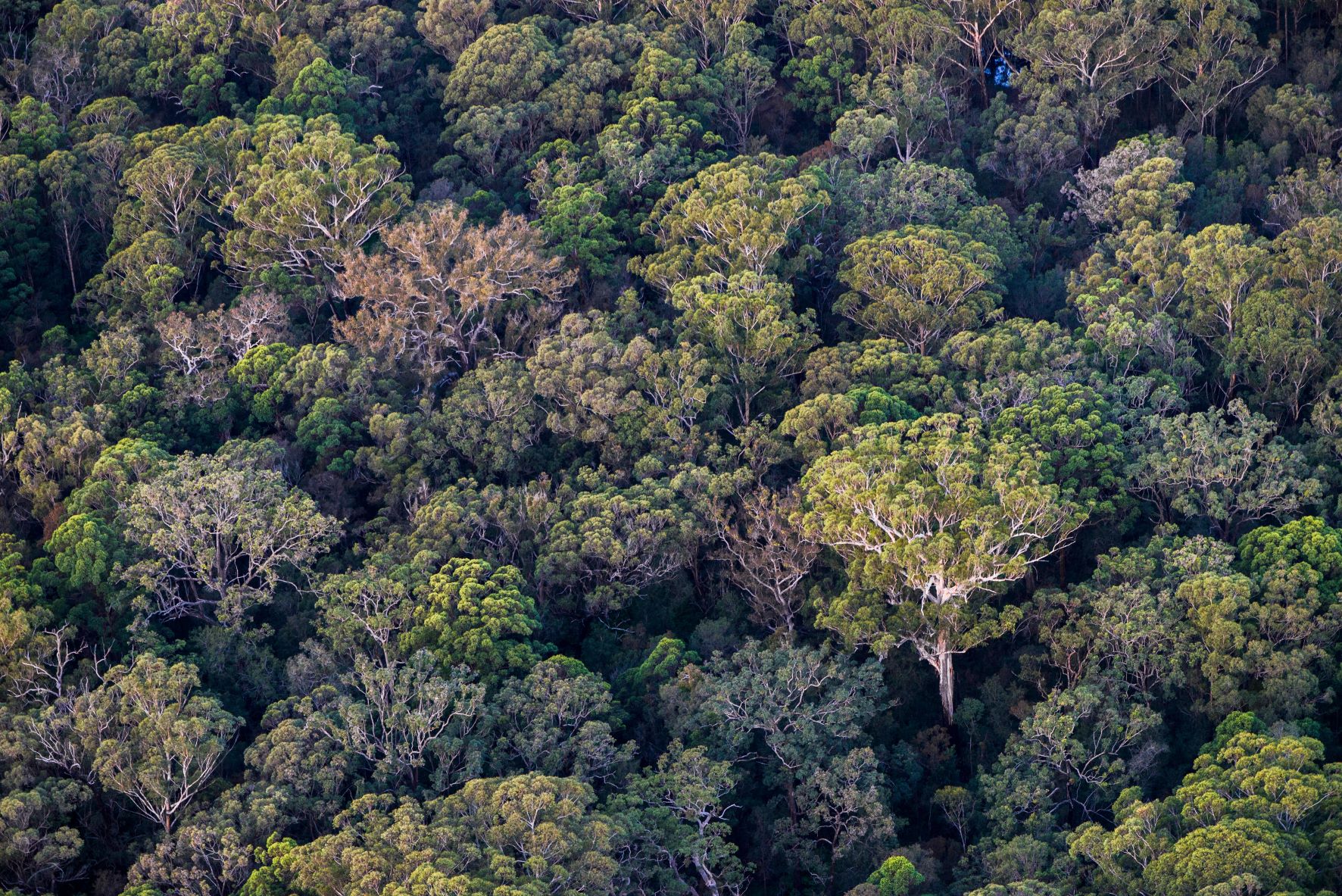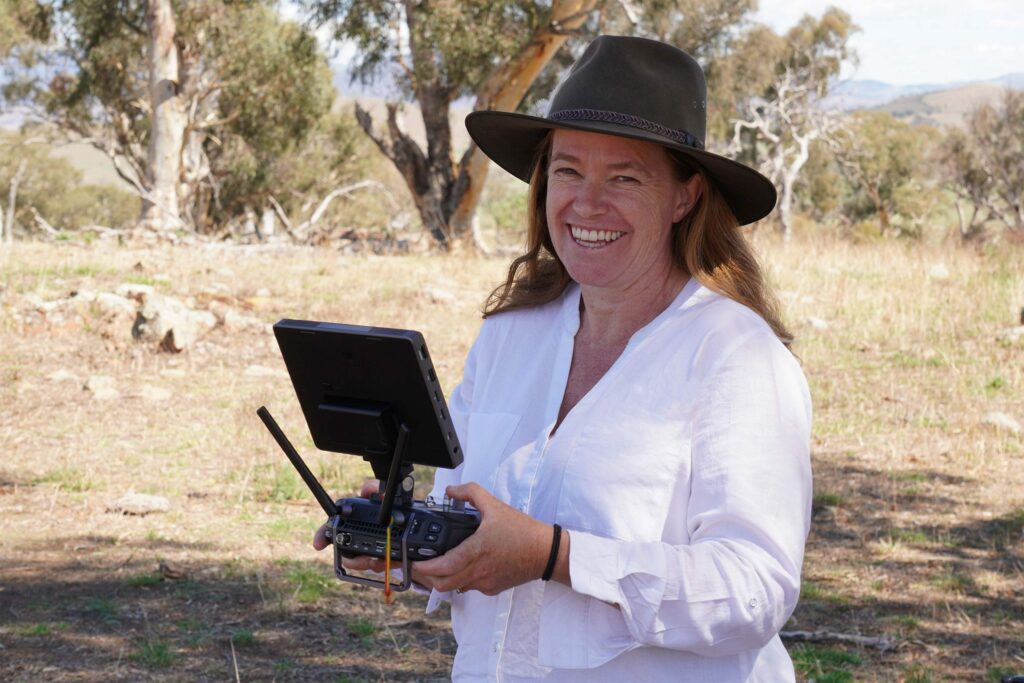
Insights
Winning Funding for Winning Ideas: Tips for acing your next grant application
Grant applications are a quintessential part of a wildlife researcher’s life. While they can be time-consuming and tedious to write, when successful – they are highly rewarding.
There is no magic formula for grant applications. However, there are some golden rules that can help maximise your chances of success.
To help you ace your next application, Wildlife Drones CEO, Dr Debbie Saunders shares her top tips. Debbie has written her fair share of grant applications in her career as a wildlife researcher and entrepreneur. Having secured several multi-million-dollar grants, you can say that she’s well-versed in the art of grant writing!

Tip 1: Your words matter
“Any reasonable grant application process is governed by a selection criterion – the key is both to understand them and to address them,” says Debbie.
“It’s important to get the right wording, and make sure that you’re fully addressing each criterion before you move onto the next one,” she said. “Really make sure you are across the selection criteria and what’s being looked for, to ensure you’ve addressed each section.”
“Look at the guidelines for the grant, and look at the wording that’s in there. It can be valuable to actually use that same specific wording, so they know that you’re actually hitting the points that they want you to address.”
Tip 2: Keep it succinct
Trying to convey as much information as possible in as few words is a fine art that can take time to master.
“One of the hardest things about writing grant applications is crafting responses to questions that overlap dramatically,” says Debbie. “The solution is to step back and look across the whole application and make sure that each key point is communicated clearly somewhere. It can take time to succinctly refine your argument and avoid over-repeating yourself.”

Tip 3: Include evidence that carries weight
Depending on the type of grant application, providing concrete examples of what you’re saying is possible or what your idea will aim to achieve will go a long way.
“If you can demonstrate a real need for something or you’ve proven that something works – this evidence can be quite powerful,” says Debbie.
“For instance, if people want to integrate our technology into their projects, we can demonstrate the value we add and contribute to the funding applications. We can actually provide the information that researchers might need to be able to pitch this technology to an organisation or a funding body so that they can have confidence that their money is going to be used wisely.”
Tip 4: Lateral thinking
Consider how your idea might be used across multiple fields. As well as research-based grants, could your project also qualify for innovation or business funding?
“There might actually be other grants out there that are more relevant than those you might traditionally apply for,” says Debbie. “That’s one way Wildlife Drones have been quite successful in securing a combination of different grants. Although a lot of researchers might not think that their idea is a business concept, it’s about translating an idea into something real.”
“Collaboration can help, groups like WildHub and WildLabs are full of people who are passionate about technology in conservation. Most of my successful grant applications have been highly collaborative and involved pulling together people with a diverse range of skills.”

Tip 5: If at first you don’t succeed, don’t give up
“Persistence is key”, says Debbie, speaking from personal experience. “I have done many major grant applications. Some have been successful, and others have not. But when you do finally get one, it’s well worth all the late nights spent writing.”
“If you’ve got a great idea, opportunities come up unexpectedly. And if you already have formulated the idea and the execution of how you’re going to achieve it, you can more quickly adapt and apply it to another application. So all is not lost.”

